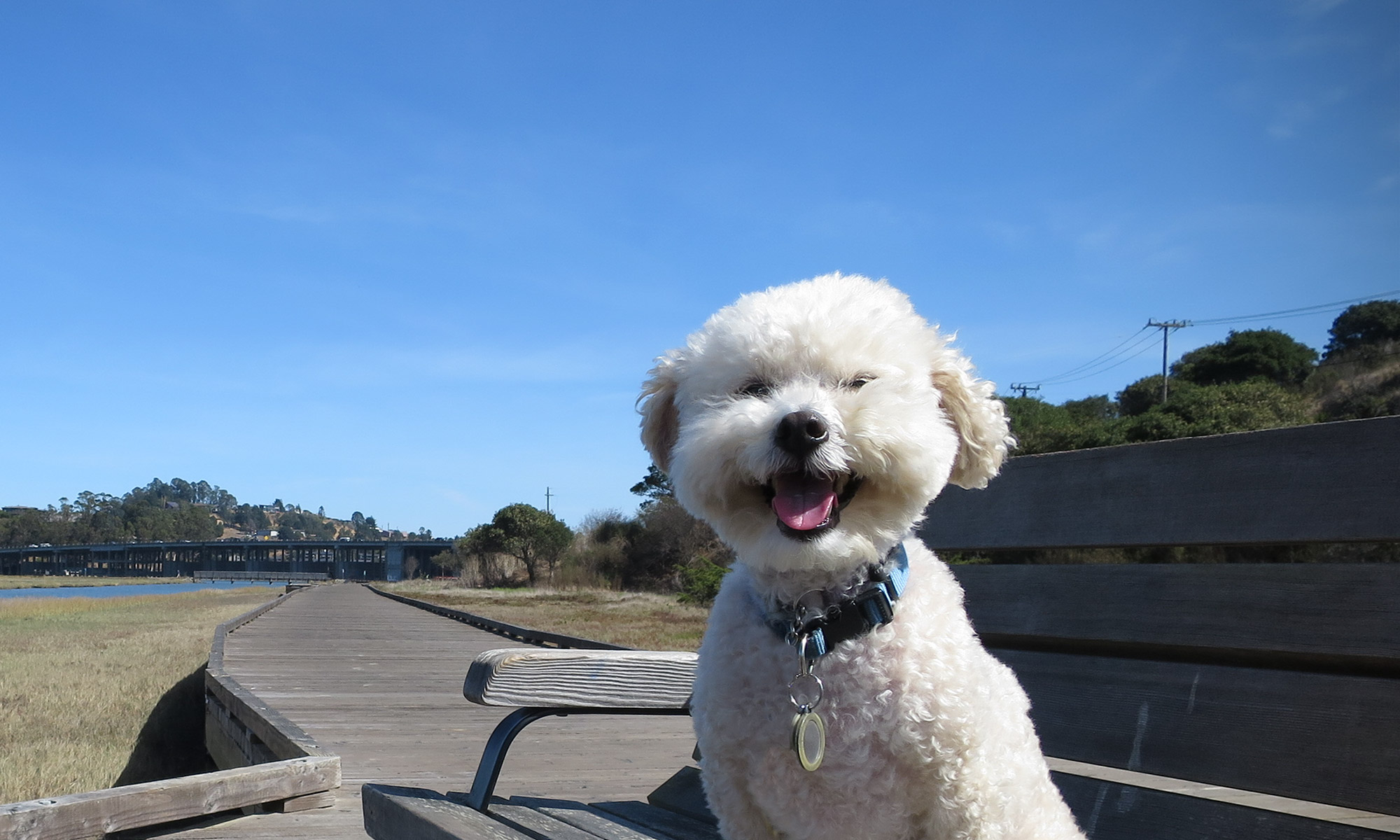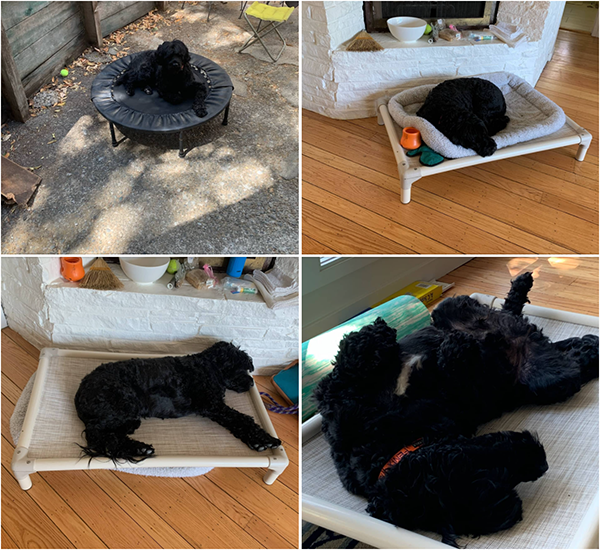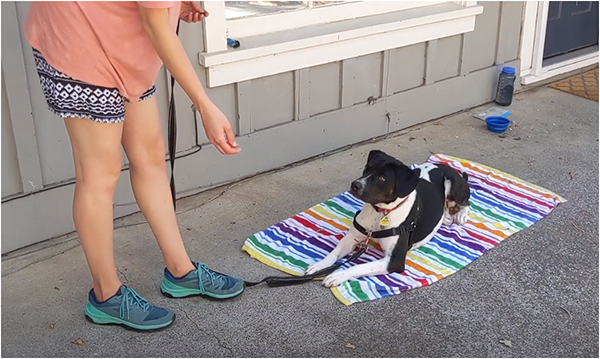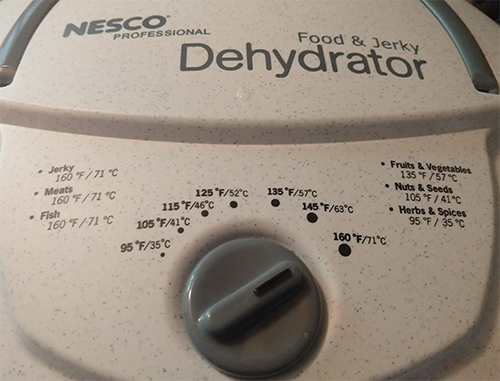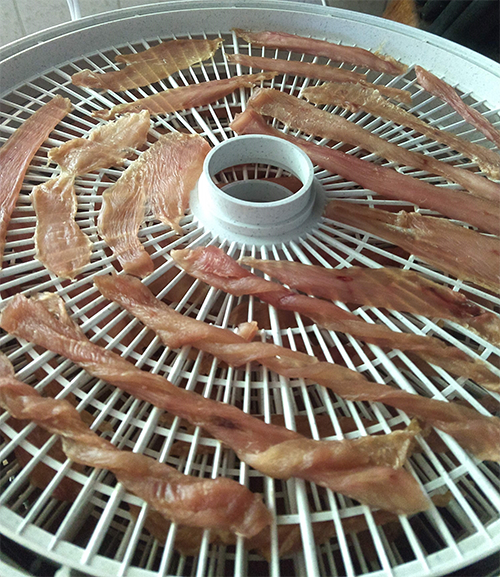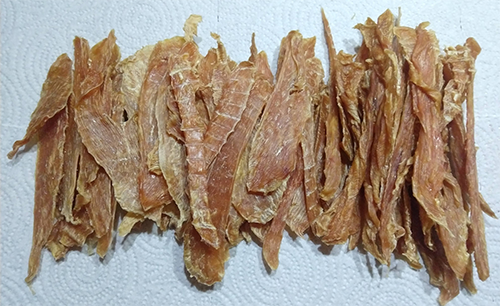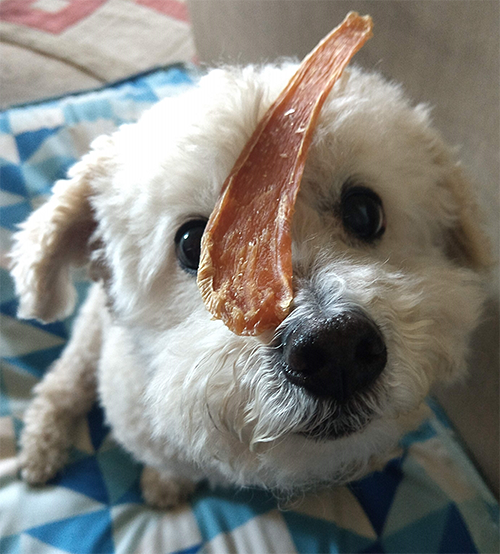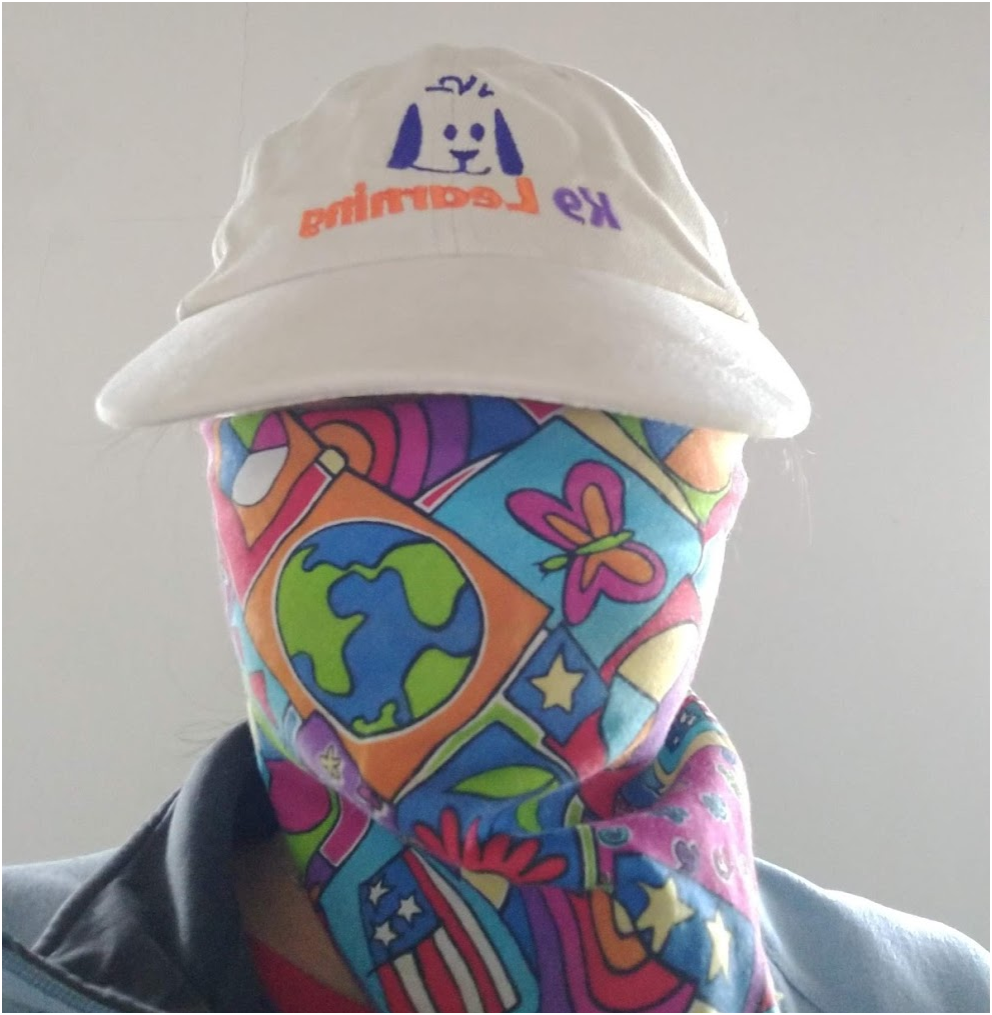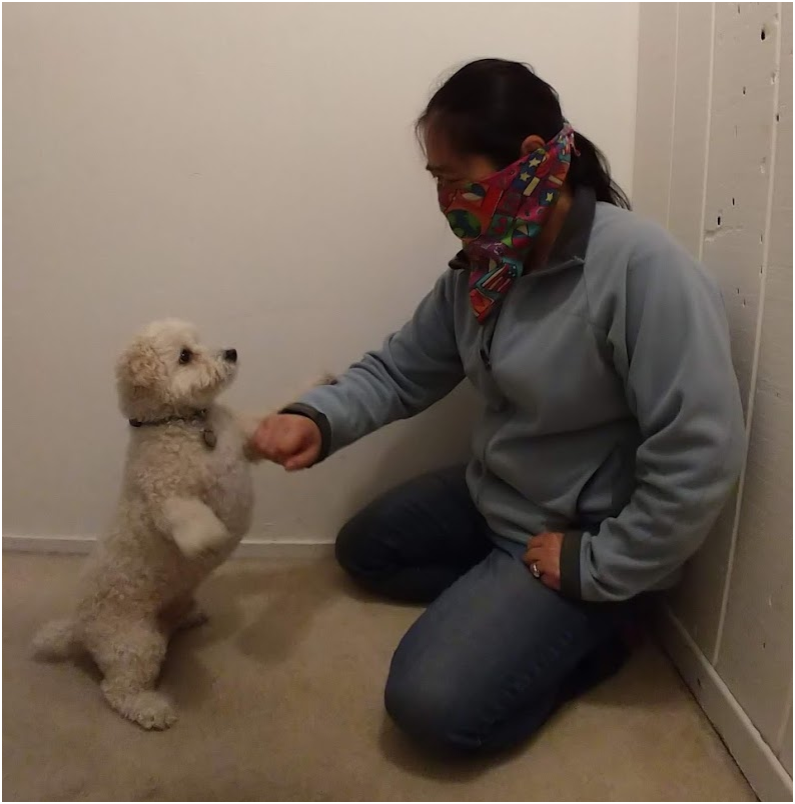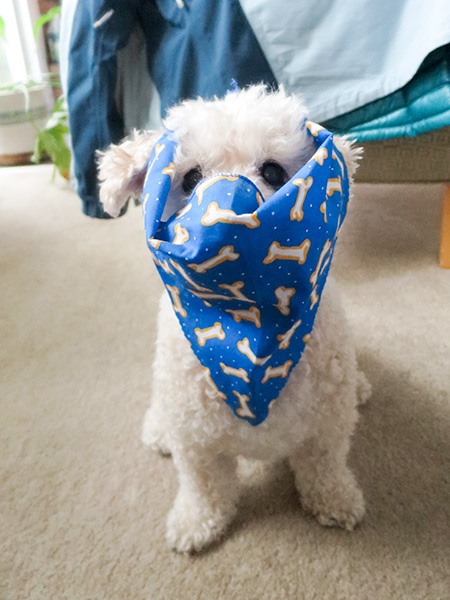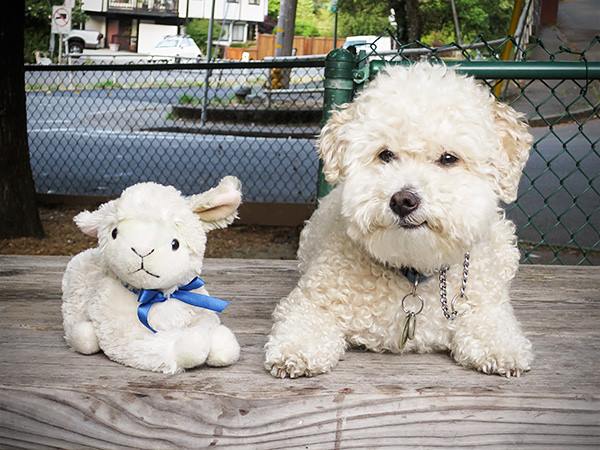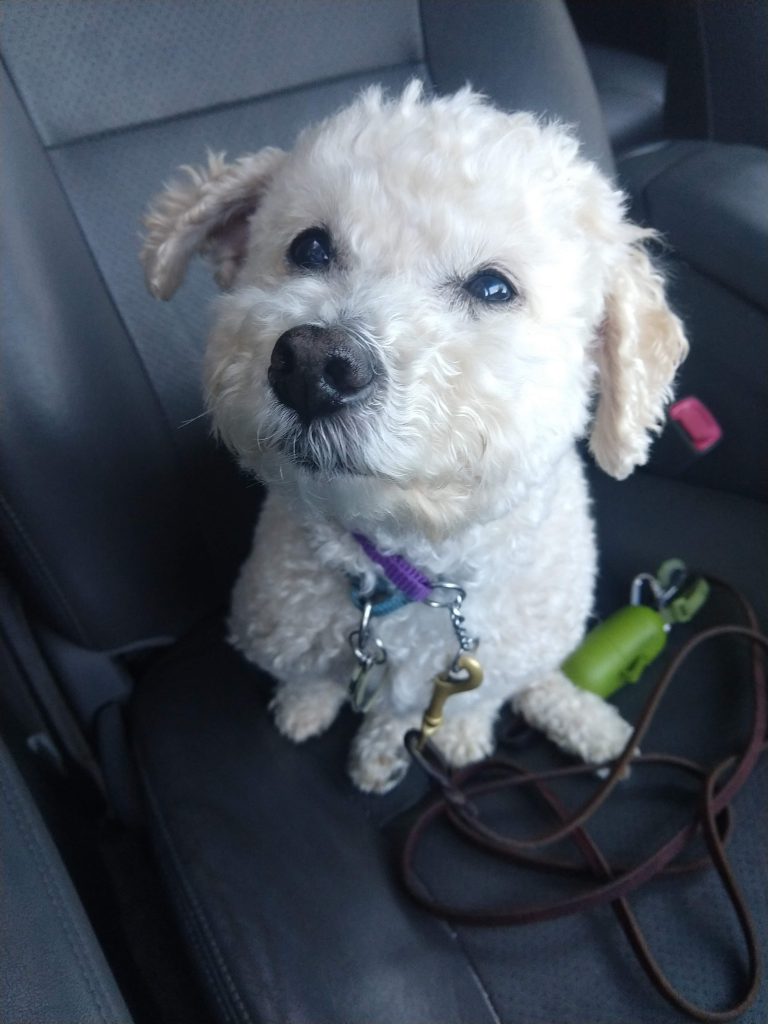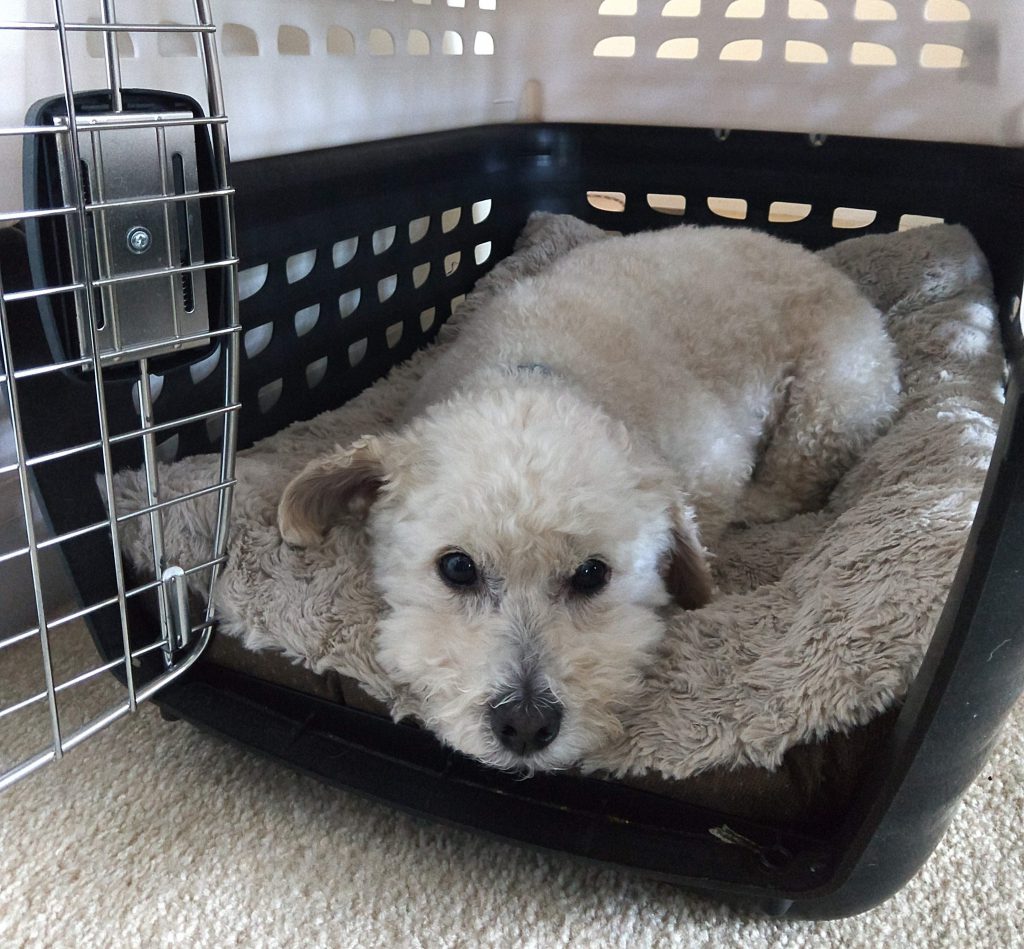Have you ever encounter an off leash dog running toward you while its owner calls out “My dog is friendly”? I have and too many times. If I get a dollar for each time I hear that sentence, I would have been rich already!
As an owner of a social-selective dog (he only likes a small group of dogs) and a dog behavior consultant working with dogs who have reactivity issues, “My dog is friendly” is the last sentence I want to hear especially if an off-leash dog is present.
Oftentimes, in my experiences, when a dog owner needs to tell me their dog is friendly is usually their dog doesn’t have a good reliable recall. Let me give you two examples that really resonate with me thus the reason for this article.
One time, I was walking my fearful dog on a hilly winding street without side walk. We saw an off-leash Labrador looking dog coming towards us. For my dog’s sanity and safety, I picked him up and I looked for an owner to that dog. No person was in sight. I called out “Can you call your dog?” and was hoping the owner would hear me and call the dog back. Then, I heard the owner called out “My dog is friendly!!!” as the dog gave us a low and deep warning growl while we stood at some distance away. How would that be a friendly dog? Can you imagine what that dog would do if he got closer to us? The owner was NOT apologetic at all when I told him my dog wasn’t friendly toward big dogs.
Recently, I was just finishing up a training session with a client and her dog near a busy strip of a street in a small town. We saw a big Cane Corso standing in the middle of the street, no owner, no leash, nothing. People nearby saw the dog and they tried to get the dog’s attention so he would come back to the side of the street for safety but he didn’t respond to any of those nice people’s calling. Then, the owner showed up, trying to call her dog. No luck. By this time, the dog moved to the local park with grassy area and peed, still not going back to his owner. At the time, where were a few people enjoying their afternoon in the park. One of them was a petite woman who acted very afraid of the dog and wanted to move away from the dog. As she moved away, she kept saying “I am really afraid of dogs! Don’t come over!” The owner of the dog still didn’t call her dog back but replied “my dog is friendly”. The dog was happily running around on the grassy area with the freedom he gained. I worried the dog would go back to the traffic or approaching that petite lady so I called for the dog and showed him some treats. Luckily, he was actually friendly and liked my treats so he came to me. He had a prong collar on so I didn’t want to just grab on that collar. As I gave the dog treats, one after another, the owner stood at some distance away from us beaming with smile and said “He is friendly”. I had to remind her to come to us so she would leash up the dog. Because I was able to keep the dog by my side, that petite lady was able to move further away without getting more stressed out.
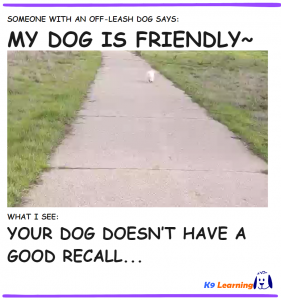
Now you see why I would think “My dog is friendly” means “My dog doesn’t have a reliable recall”. It’s great that your dog is friendly. However, the truth is (1) the dog should not be off-leash in a leash law enforced area (city street in both cases) (2) there are people and other dogs who are afraid of the dog no matter how friendly this dog is. When you allow your friendly dog approach someone without invitation or consent, your dog is invading that individual space and adding on stress that is unnecessary. We don’t teach our children to run up to any strangers to interact with them. We don’t allow strangers run up to us and touch us. We always keep a polite distance so we don’t intrude each other’s space. We should do the same with dogs.
One thing I really enjoyed during the pandemic was the social distancing. It made walking my dog so much more enjoyable and stress-free because we kept social distancing from each other. With effective COVID vaccinations, we no longer need to keep the social distancing. However, I would still strongly encourage my readers to keep your distance especially if you and your dog see other people and their dogs. This is a way to show our consideration and care to others when using a public space.
If you don’t own a sensitive dog, you never know how many of us have to join the “midnight walking club” just so we wouldn’t run into other dogs while walking our sensitive dogs. You also wouldn’t realize how stressful and disappointing we may feel when we couldn’t provide safety to our sensitive dogs.
I, as one of the many owners with sensitive dogs, would really appreciate your support if you can help keeping your dog away from my or my clients’ sensitive dogs.
If you are the owner of a truly friendly dog, please consider to do the following:
(1) Keep your dog on-leash when walking in a leash law enforced area.
(2) Keep your dog close to you, away from the other dog as you pass each other.
(3) Don’t let your dog stare at the other dog for a prolonged time. Eye-staring is threatening in dog’s body language. If the sensitive dog is already stressed, the prolonged eye stare can really set the fearful dog off.
(4) Don’t let your dog run up to anyone or any dog. Have a structured greeting after you get the other owner’s permission and their dog’s consent.
If you are the owner of a not-always-friendly dog, please consider doing the following:
(1) Keep your dog on-leash and away from other dogs when walking in a leash law enforced area.
(2) Figure out the safe distance so you can keep your dog feeling safe and happy without needing to get unfriendly. Utilize treats or toys if your dog likes such.
(3) Keep your dog close to you, away from the other dog as you pass each other.
(4) Don’t let your dog stare at the other dog for a prolonged time. Eye-staring is threatening in dog’s body language. If the sensitive dog is already stressed, the prolonged eye stare can really set the fearful dog off.
If you are the owner of a sensitive dog, please consider doing the following to help your dog feel safer:
(1) Check out “Sniff Spot” (https://www.sniffspot.com/) so you can enjoy a location that’s free of distractions and threats.
(2) Consider enrolling your dog in a group class if he/she can handle the environment. Otherwise, consider hiring a dog training professional such as myself to learn more techniques to help your dog cope with the situations.
(3) If your dog likes treats or toys, bring them with you on the walk so that you can engage your dog with something fun while keeping distance away from other dogs.
(4) Learn to read your dog’s body language so that you can help de-escalate their stress before they get too scared or too stressed.
Let’s be considerate to all others while using the same space. No one should feel unsafe when they are out and about.
